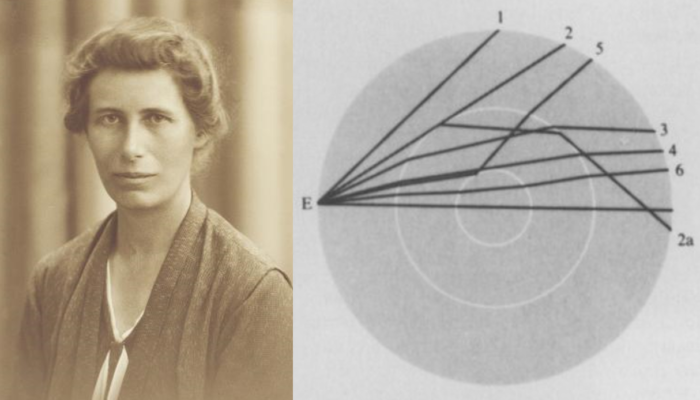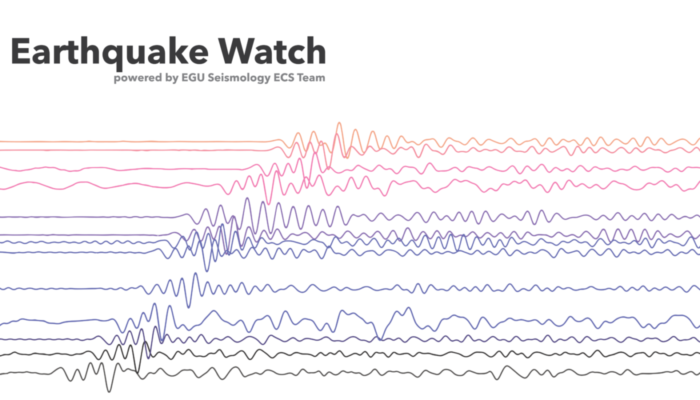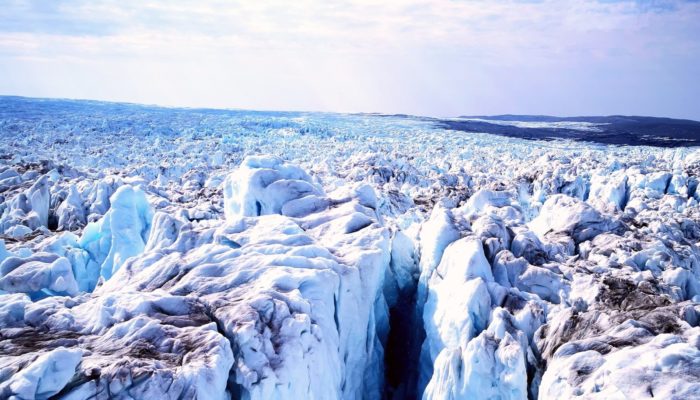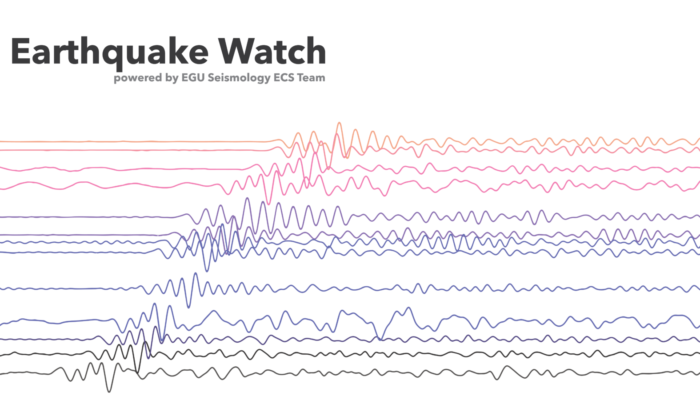Assoc. Prof. Dr Onur Tan from Istanbul University-Cerrahpasa outlines the 6 February 2023 Kahramanmaraş Earthquakes for the Earthquake Watch. February 6, 2023, was a catastrophic day for Turkey. The most destructive earthquake in the last century, Mw 7.8, hit the eastern part of the country at 04:17 local time. Unexpectedly, the second Mw 7.5 mainshock shook the region nine hours later. The mainsh ...[Read More]
In Lehmann’s Terms – the Story of the Singular Seismic-Wave Spotter

It’s International Women’s Day 2023, so the EGU Seismology Division would like to celebrate the life and work of singular seismic-wave spotter – Inge Lehmann (1888-1993), a Danish seismologist who discovered that the inner core was solid! Inge Lehmann grew up in a family of high aspirations, with several family members being politicians, scientists, and engineers. Educated in a p ...[Read More]
SENSOR: Fishing geophones from a helicopter in Greenland
“SENSOR” – stands for Seismological Experiments, Network Systems, Observations and Recovery In this blog series, we share news about recent or upcoming seismic experiments around the globe! And this time we’re checking in with Ana Nap, a PhD student from the University of Zurich, Switzerland, about her work on Greenland’s fastest glacier… Installing instruments on Greenland’s fas ...[Read More]
Earthquake Watch: The Guanshan, Chih-shang sequence in Taiwan, 17-18 Sept, 2022
Contribution about the September 2022 M 6.6 and M 6.8 earthquakes in South-East Taiwan Dr.Yifan Yin , recent graduate at the Swiss Seismological Service (SED) at the Earth Sciences department of ETH Zürich. On 17 September 2022, a magnitude 6.6 quake shook the southern-east Taiwan. The merely 8.6 km deep quake was widely felt across the island. Sixteen hours later, a magnitude 6.8 shallow quake fo ...[Read More]



